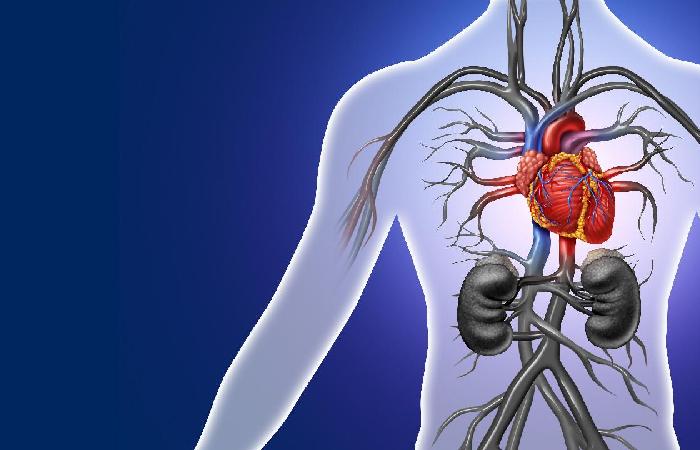Cardiovascular disease: decline has stalled
In Clinical news
Follow this topic
Bookmark
Record learning outcomes
Rates of coronary heart disease (CHD) and stroke in the UK declined by about 30 per cent between 2000 and 2019. However, rising rates of other cardiovascular diseases (CVD) offset much of the CHD decline, an analysis of UK primary care records reveals.
The analysis included 1.65 million individuals who were diagnosed with at least one of 10 types of CVD between 2000 and 2019.
Participants were aged, on average, 70.5 years and 47.6 per cent were women. The age- and sex-standardised incidence of chronic ischaemic heart disease, acute coronary syndrome and stroke declined by 33, 30 and 25 per cent respectively between 2000 and 2019. The incidence of peripheral artery disease (PAD) fell by 11 per cent during the same time.
Meanwhile, the incidence of heart block (incidence rate ratio [IRR] 2.22) and aortic stenosis (IRR 2.42) more than doubled. Venous thromboembolism increased by 28 per cent, atrial fibrillation and flutter rose by 36 per cent, and aortic aneurism by 38 per cent.
Overall, the incidence of all 10 types of CVD declined by 20 per cent between 2000 and 2019. The authors note, however, that “the overall incidence of CVDs across the 10 conditions remained relatively stable from the mid-2000s”.
The decline in chronic ischaemic heart disease, acute coronary syndrome and stroke was largely limited to people older than 60 years. Younger people showed little or no improvement. People from areas of socio-economic deprivation tended to have higher rates of CVD than their more affluent counterparts.
“For CVDs to decrease further, future prevention strategies might need to consider a broader spectrum of conditions, including arrhythmias, valve diseases and thromboembolism, and examine the specific needs of younger age groups and socio-economically deprived populations,” the authors comment.

